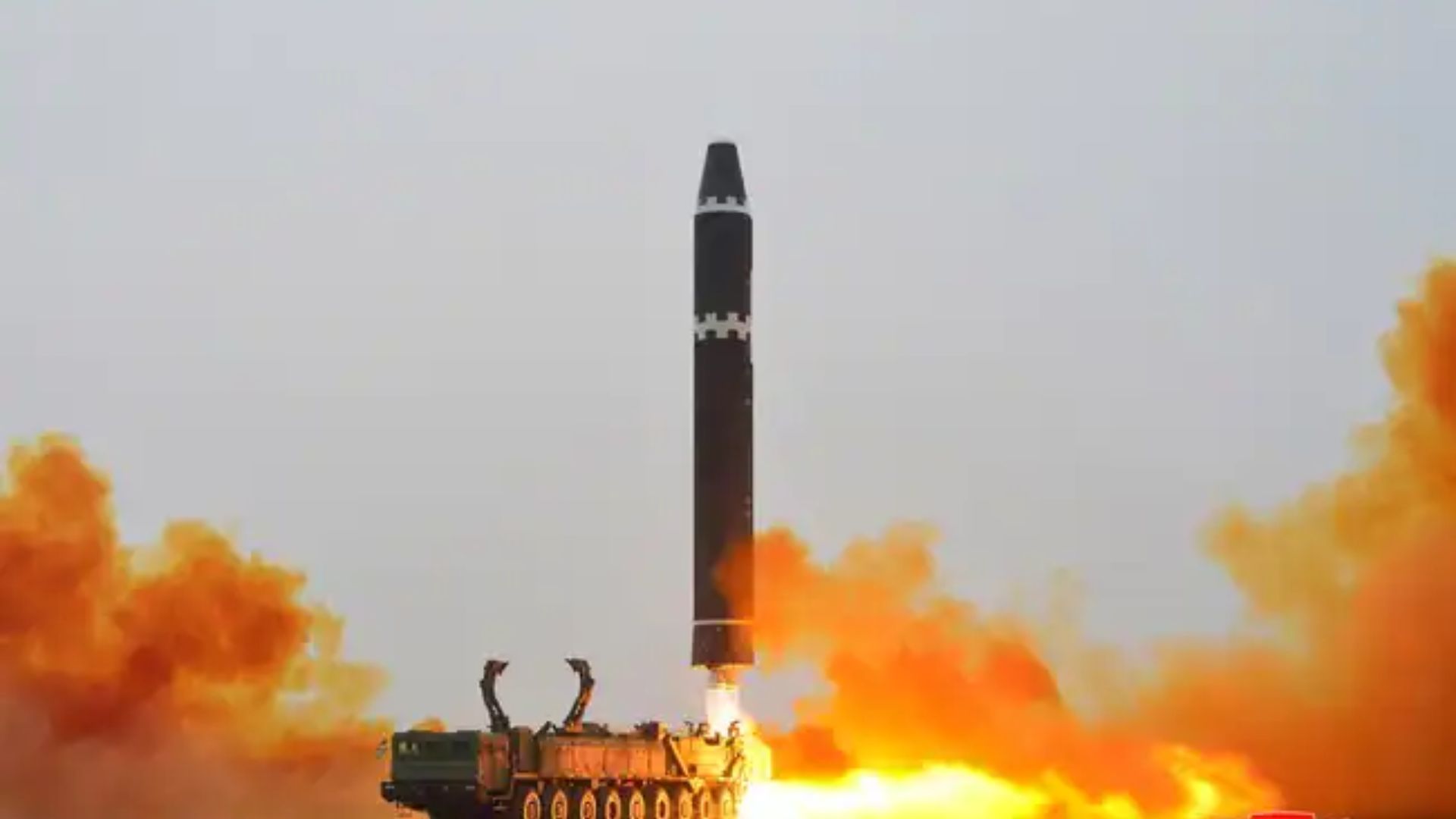In the latest escalation of missile activities, North Korea fired several cruise missiles off its west coast on Friday, marking the fourth such launch this year. The Joint Chiefs of Staff (JCS) detected the launch around 11 am local time, emphasizing the ongoing coordination with the United States to monitor North Korea’s provocations.
While the exact number of missiles launched remains unspecified, this event closely follows the North’s recent test of the Hwasal-2 strategic cruise missile just three days ago. On January 24, North Korea confirmed the test-firing of Pulhwasal-3-31 cruise missiles from its west coast for the first time. The regime also fired submarine-launched cruise missiles on Sunday over the East Sea, later identified as Pulhwasal-3-31s.
The cruise missiles, equipped with jet engines, possess the ability to fly at low altitudes and execute maneuvers, making them challenging to detect and intercept. The Hwasal-2 and Pulhwasal-3-31 models, colloquially translating to ‘arrow’ and ‘fire arrow’ in Korean, pose a significant threat to South Korea’s air defense system due to their precision strike capabilities and evasive flight patterns.
Experts express concern over the potential ramifications of perfected submarine-launched cruise missiles, emphasizing their ability to evade detection and interception, thereby posing a serious challenge to regional security. North Korea’s continuous missile activities, with varying ranges and capabilities, have heightened tensions in the region and drawn international scrutiny.
South Korean authorities, in response to the recent launch, reinforce their commitment to monitoring and vigilance, emphasizing cooperation with the United States to address the evolving security situation. As the international community watches closely, diplomatic efforts remain crucial to de-escalate tensions and seek a peaceful resolution to the ongoing missile provocations.


















